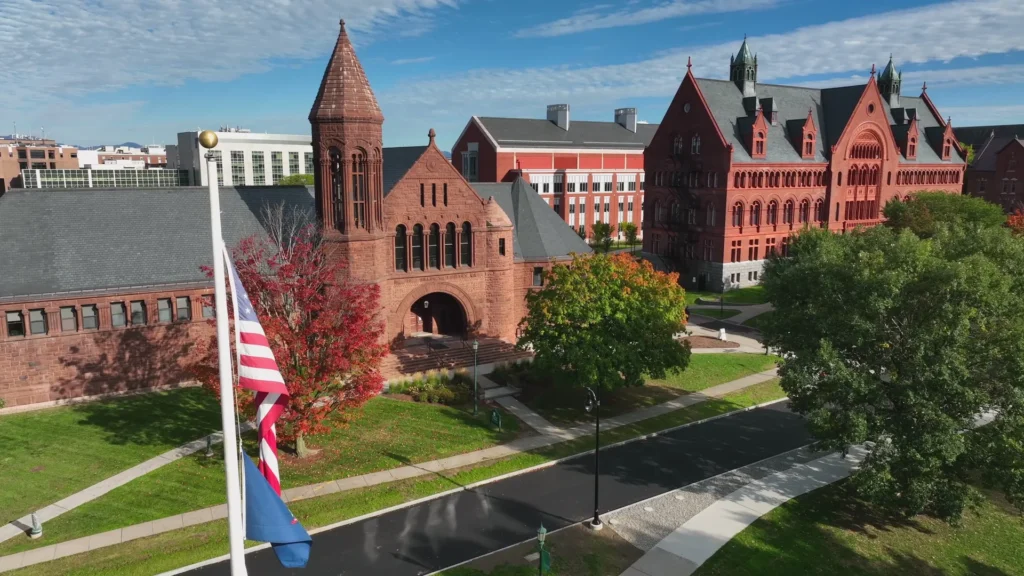Vermont’s ambulance billing ecosystem faces extraordinary pressure from the nation’s second-oldest population, combined with rural transport challenges, where 61% of EMS agencies operate as volunteers struggling with reimbursement rates below operational costs.
Payer Mix Reality
Vermont’s EMS payer mix reflects its aging rural demographics and unique single-payer initiatives. Typical distributions show Medicare at 38%, Medicaid at 31%, Commercial Insurance at 24%, and Self-Pay at 7%. The high government payer percentage, combined with Vermont’s healthcare reform efforts, creates complex reimbursement dynamics requiring specialized expertise.
The dominant commercial payers in Vermont include Blue Cross Blue Shield of Vermont, MVP Health Care, Cigna, and various self-insured employer plans. Average reimbursement rates vary significantly between southern and northern regions. Medicare pays approximately $455 for BLS transports and $690 for ALS transports. Commercial insurers typically reimburse 115–145% of Medicare rates, while Vermont Medicaid reimburses just $235 for BLS and $358 for ALS transports.
Collection rate challenges intensify with Vermont’s volunteer-based EMS system. Providers report average collection rates of 52% for commercial insurance, 96% for Medicare, 92% for Medicaid, but only 9-14% for self-pay accounts. The predominance of volunteer services with limited billing infrastructure impacts Vermont EMS billing recovery efficiency statewide.
Schedule a demo today—24-hour turnaround to professionalize your revenue cycle management
State Medicaid & Compliance
Vermont Medicaid (Green Mountain Care) reimbursement fails to cover basic operational costs for most EMS agencies. Current rates stand at $235.80 for BLS emergency transports and $358.25 for ALS emergency transports, with mileage reimbursed at $4.50 per loaded mile. Vermont’s all-payer model and accountable care organization structure add layers of complexity to billing processes.
Timely filing limits for Vermont Medicaid require claims submission within 180 days from the date of service. The Department of Vermont Health Access (DVHA) oversees Medicaid compliance, with additional requirements for providers participating in Vermont’s unique healthcare delivery reform initiatives.
The No Surprises Act implementation affects Vermont ambulance debt compliance through state-specific consumer protection laws. While ground ambulance services aren’t covered under federal NSA provisions, Vermont’s strong consumer protection stance requires transparent billing practices. Prior authorization isn’t required for emergency transports, but becomes mandatory for non-emergency services, with specific documentation requirements for medical necessity.
Collection Laws
Vermont’s FDCPA implementation includes robust state-specific consumer protections through Vermont Statutes Title 9. Collection agencies must obtain licenses through the Vermont Department of Financial Regulation and adhere to strict ethical standards. Vermont maintains some of the strongest consumer protection laws in the nation.
Specific collection restrictions include prohibited contact at inconvenient times, limitations on communication frequency, and enhanced disclosure requirements. Vermont emergency medical transport collections face additional scrutiny given the state’s emphasis on healthcare as a human right and strong consumer advocacy environment.
The statute of limitations for medical debt in Vermont is six years from the date of service or last payment. State-specific patient protections include wage garnishment limitations (25% of disposable income or amount exceeding 30 times federal minimum wage), homestead exemptions up to $125,000, and broad protections for retirement accounts and life insurance.
Schedule a demo today—24-hour turnaround to navigate Vermont’s consumer-friendly collection environment.
Local EMS Landscape:
Vermont’s EMS landscape relies heavily on volunteer services supplemented by career departments in larger communities. Major healthcare influences include the University of Vermont Medical Center, Dartmouth-Hitchcock Medical Center (serving eastern Vermont), Rutland Regional Medical Center, and a network of critical access hospitals.
The 911 versus private EMS structure in Vermont predominantly features town-based volunteer services. Burlington and South Burlington operate career departments, while most communities rely on volunteer squads. Regional ambulance services like Northern Ambulance and DHART provide backup and interfacility transport services. Many small towns struggle to maintain 24/7 coverage, leading to complex mutual aid agreements.
Average transport distances reflect Vermont’s mountainous rural terrain. While Burlington area transports average 5-10 miles, rural transports routinely exceed 25–40 miles to reach appropriate facilities. Interfacility transfers to tertiary care centers in Burlington or Lebanon, NH, can surpass 100 miles through challenging terrain. Unique contracting norms include heavy reliance on town funding subsidies, regional coordination through district structures, and increasing difficulty recruiting volunteers, leading to paid-on-call models.
Case Study:
In Rutland, the Regional Ambulance Service reduced its 120-day A/R from $1.8 million to $950,000 by transitioning from volunteer to professional billing operations. The service partnered with specialized healthcare collection experts familiar with Vermont’s unique regulatory environment. By implementing comprehensive documentation training and establishing electronic interfaces with major payers, they improved clean claim rates from 67% to 91% and reduced days in A/R from 89 to 52. The enhanced process particularly addressed Vermont’s surprise billing ambulance compliance through transparent pricing disclosures and robust financial counseling programs.
Vermont’s Office of Emergency Medical Services 2023 Annual Report documented that 73% of EMS agencies operate with negative margins, highlighting critical sustainability challenges.
Schedule a demo today—24-hour turnaround to implement revenue optimization strategies essential for Vermont EMS survival.
Compliance Guarantee
Our ambulance collection services ensure 100% compliance with Vermont’s strict consumer protection laws, federal FDCPA requirements, and healthcare reform mandates. Contact Midwest Service Bureau’s Vermont ambulance billing experts today at 316-263-1051 for solutions tailored to Vermont’s unique environment.




